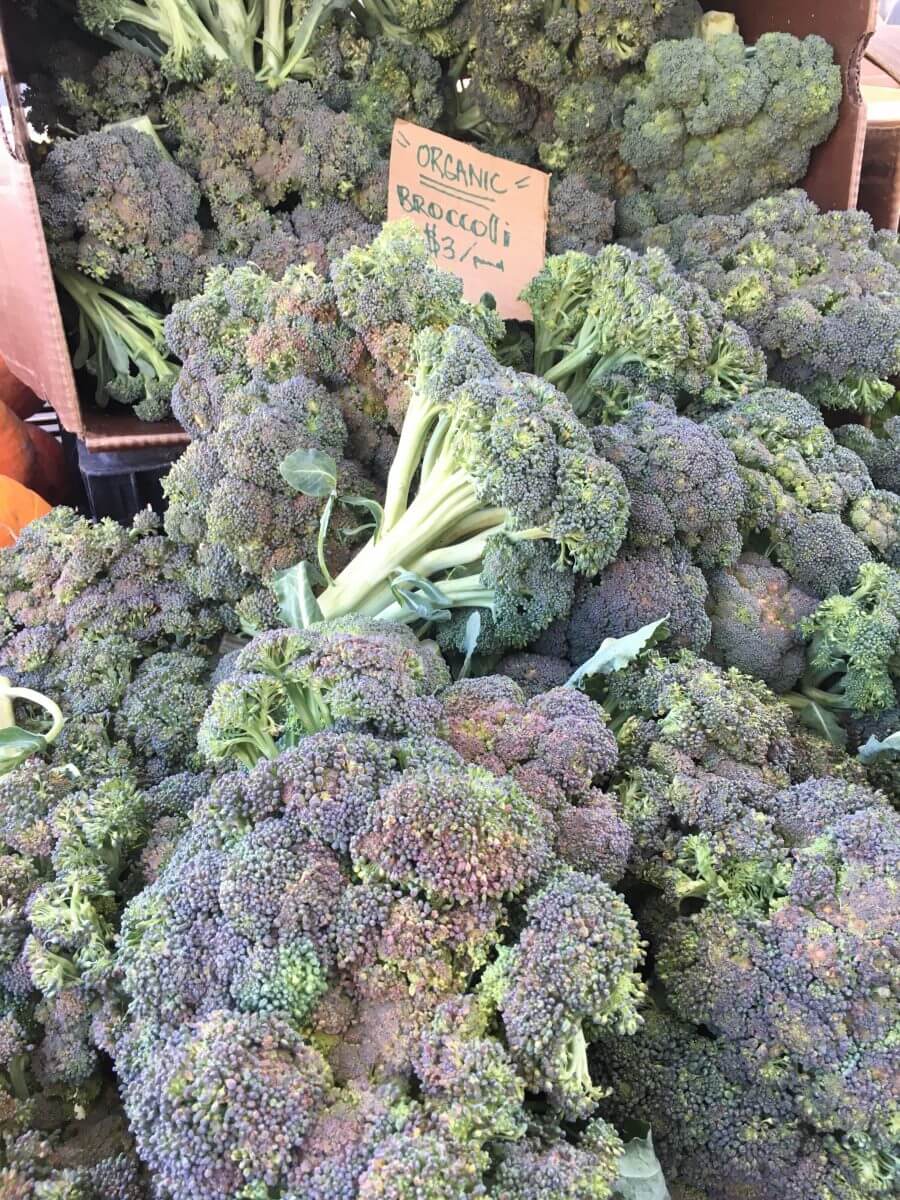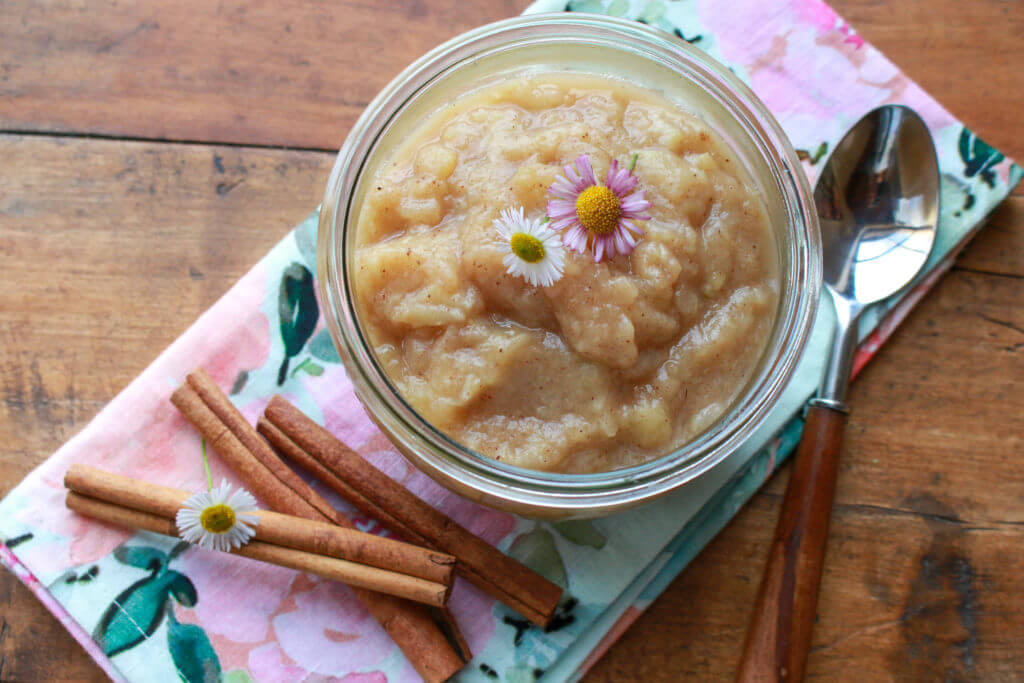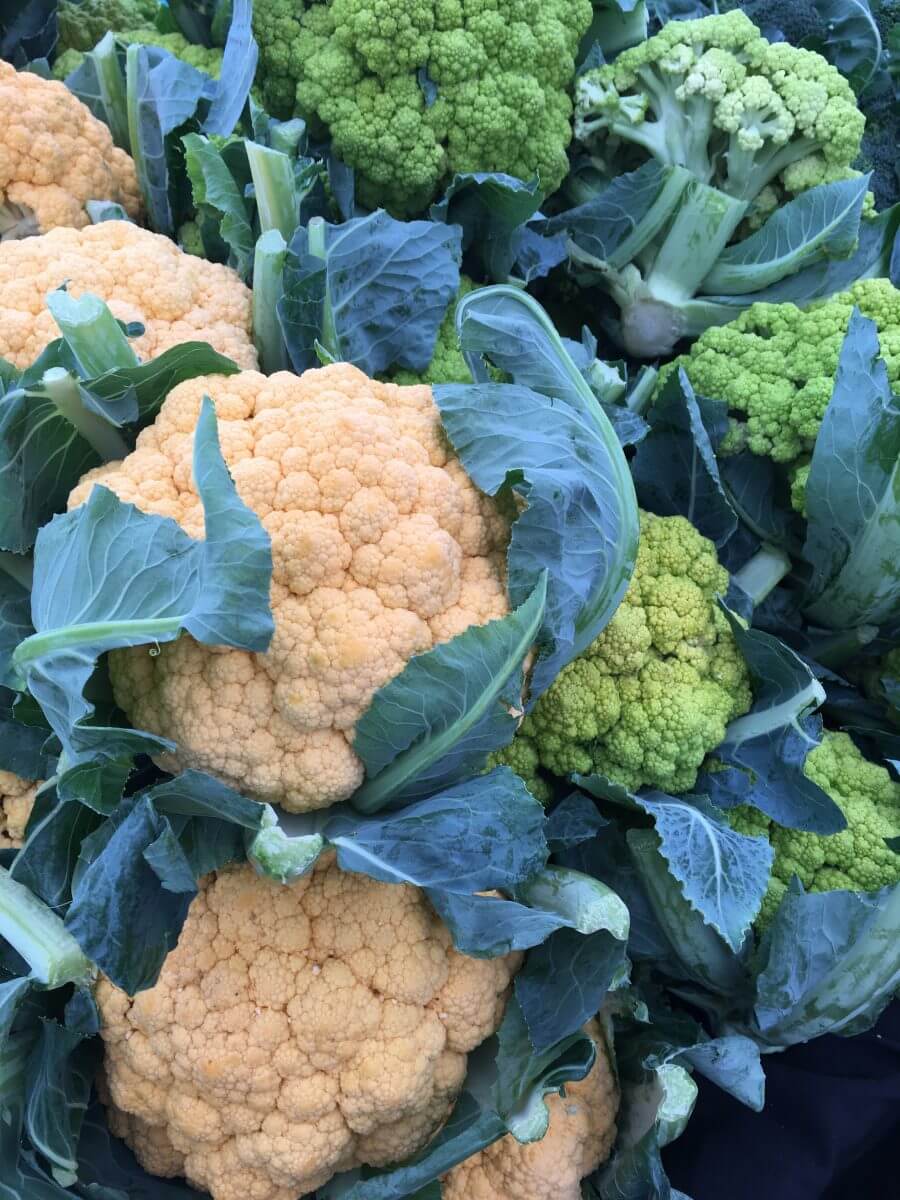Top Dietitian Tips for Powering Up on Produce in the Winter

Just because you’ve got snow on the ground, it doesn’t mean you have to give up on fruits and veggies until the warmer weather comes around. Your ancestors figured how to enjoy nutrient-rich plant foods year round, and so you can you. Fit these healthful foods into your diet with this roundup of expert dietitian tips on powering up on produce during the winter.
Top Dietitian Tips for Powering Up on Produce in the Winter

1. Shop the season. “In the winter, it’s a great time to enjoy citrus, like oranges, grapefruit, lemons, as well as winter squashes, such as butternut and acorn. I love stocking up on lemons and freezing the juice in ice cube trays to use all year round in recipes. Think beyond the ‘traditional’ dishes, and explore new seasonings or spices. Think about spicy butternut squash tacos or roasted acorn squash for salad toppings. I encourage clients to choose a new recipe that sounds tasty and go for it!” says Jennifer Bowers, PhD, RD.
2. Soups and stews and comfort foods are just what the taste buds order each winter. “Beef up the nutritional quality of your meals by thinking of what you can ADD to your meals. Use spaghetti squash as a base instead of noodles for your favorite spaghetti dish, add red bell pepper and diced tomato to your chili and replace part of the ground meat with beans. Swap a layer of noodles plus a layer of kale or spinach in a lasagna! It doesn’t take much (except a little creativity!) to create a combination dish with a little extra veg and edge to each bite!” says Stacey Mattinson, MS, RDN, LD.
3. Use up freezer items. “Frozen vegetables are great to have on hand for those nights you don’t feel like washing and chopping. They’re fantastic as quick additions to soups, stews and stir fries. Save any vegetable scraps like the tops of celery and carrots in a plastic bag in the freezer. Then you can use them to make your own vegetable stock! I love roasting beets and other root vegetables to use in warm salads and pilafs or for quick side dishes during the week,” says Christy Brissette, MS, RD.

4. Keep apples, pears, and citrus fruit on the counter. “Same goes for tomatoes and peppers. If you bought them at room temp, keep them at room temp. Plus this doubles as a centerpiece! Slice your fruits and veggies to use with nut butter or hummus, or eat them plain. Make sure to refrigerate any leftover slices that you don’t eat right away,” says Danielle Cushing, RD, author of The Every Kitchen.
5. Start the week off right. “At the beginning of each week, I either roast or mash a medley to have on hand for the week — broccoli, cauliflower, root vegetables, etc. If they are cooked and ready to go I tend to incorporate them into meals and salads more regularly.
Eat Vegetables at Breakfast: If you abandon the idea of breakfast foods you can easily reheat leftover veggies to enjoy as a part of your morning meal. Sauteed greens. Sweet Potatoes. Roasted Cauliflower. Or try adding greens to smoothies or a variety of veggies to eggs.
Embrace Frozen Vegetables: I have been known to defrost a bag of frozen vegetables at the beginning of the week so that there is always a cooked vegetable on hand. With so many options these days, I use frozen butternut squash to whip up a quick soup or blend into a dip. Frozen greens make for a great smoothie add-in and frozen cauliflower can be pureed into a simple mash,” says Katie Cavuto, RDN.

6. Salads aren’t your only option. “I know I’m not alone when I say the thought of digging into a huge salad on a freezing winter day is less than appetizing, so I try to get my veggies in with a cup of veggie soup at lunch or dinner. It’s so easy to make a huge batch of soup, freeze it in individual portions and then I can take them out of the freezer as needed! My latest veggie soup recipe can be made in 30 minutes or less, is full of flavor and immune-boosting ingredients!” says Chelsey Amer, MS, RDN, creator of CitNutritionally.com and private practice dietitian in New York City.
7. Try different cooking techniques. “I love roasting vegetables in the winter. Not only is roasting quick and easy, but it also brings out a unique flavor that calls your taste buds back for more. The heat and aroma from the oven also make for a perfectly cozy wintertime atmosphere,” says Michelle Loy, MPH, MS, RDN, CSSD.
8. Soup’s up. “I utilize produce in the winter for soups and stews. For example – when I make soup, I add greens and zucchini noodles to increase my veggie intake,” says Dixya Bhattarai, MS, RD.
9. Capitalize produce in season. “Look for varieties that only come around during this time of year. Make it a challenge every time you are going grocery shopping to buy a new fruit or vegetable that you have never tried before. I’ve been loving cara cara oranges lately, which really only come around during this season!” says Julie Harrington, RD.

10. Get sneaky. “This time of year we all crave sweets (or maybe just me)! I like to sneak fruit and vegetables into healthy baked goods. Extra zucchini? Throw it into muffins or quick bread as I have with my banana breads. Another healthy dessert baked or poached fruits with heart healthy nuts or oat topping. In addition to dessert, tossing more seasonal roasted vegetables into soups or salads is always a winner,” says Kathryn Pfeffer-Scanlan MS, RD.

11. Make your favorites at home. “Homemade applesauce and pear sauce are great standbys in the winter and can be seasoned with warming spices such as cinnamon, nutmeg or allspice. Perfect for the crockpot. And, don’t forget old faithfuls like sweet and white potatoes, and onions, garlic and mushrooms for breakfast menu add-ins, sandwiches or veggie pizzas,” says Robin Plotkin, RDN.
12. Get to know (and love) your root vegetables. “Not only are they in season during the winter, but they are flavorful and versatile. You can roast them with some fresh herbs, mash them, dice them in a stew or my latest obsession: spiralize them for a pasta alternative! They help bulk up a meal, but add so much color to the dish as well,” says Stefanie Dove, RDN, School Nutrition Marketing Specialist at Loudoun County Public Schools.

13. Enjoy the variety. “Eat fun winter specific vegetables like winter squashes! It’s fun to eat things you can’t eat all year,” says Kelli Shallal, RD, blogger at Hungry Hobby.
14. Season away. “Many hearty winter vegetables are bright, refreshing, and delicious shaved and eaten raw, such as fennel, radishes, Brussels sprouts, carrots, celery root, celery, and kohlrabi. Slice them with a mandolin, a good sharp knife, or the slicer blade of a food processor and add a generous squeeze of lemon (even better with Meyer lemon), olive oil, and salt, along with favorite herbs, toasted nuts, and hard grating cheeses such as Parmesan or Pecorino (if you are vegan, try vegan cheeses),” says Katie Morford, RDN.

Check out these blogs on how you can power up your diet with healthy, plant-based foods.
5 Tips for Plant-Powering Your Eating Style
My Top Tips for Powering Up on Veggies
Top 5 Tips for Springing Up Your Diet with Veggies
Images: Sharon Palmer, MSFS, RDN


